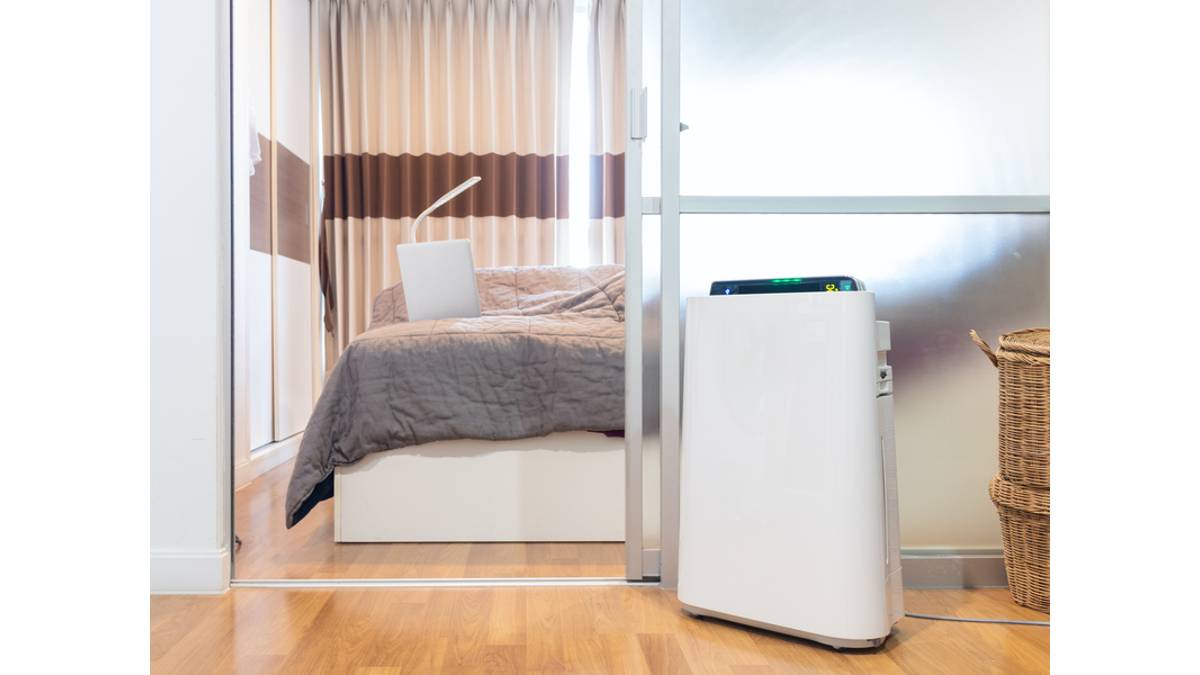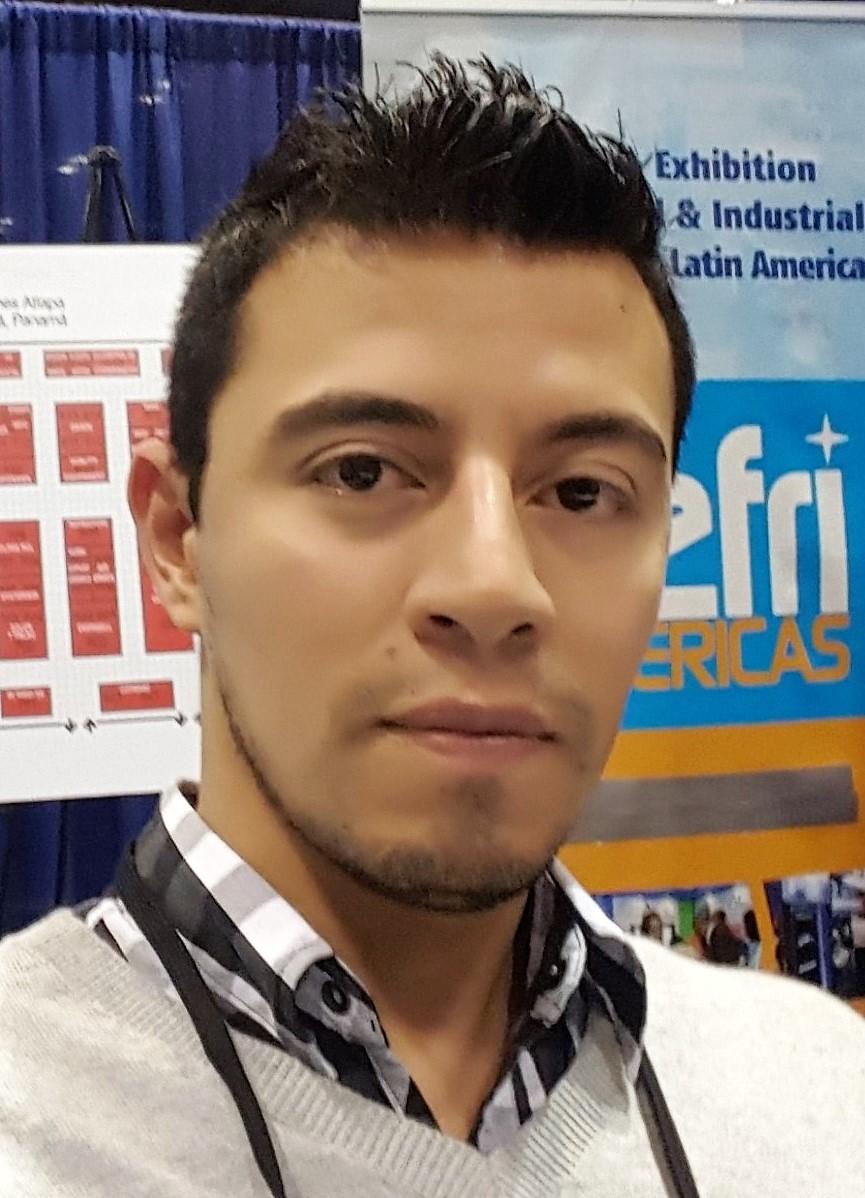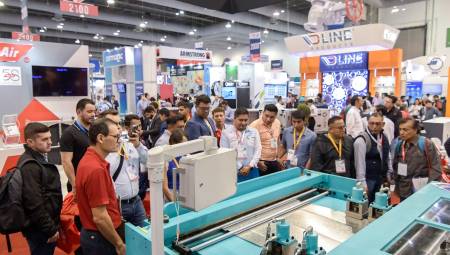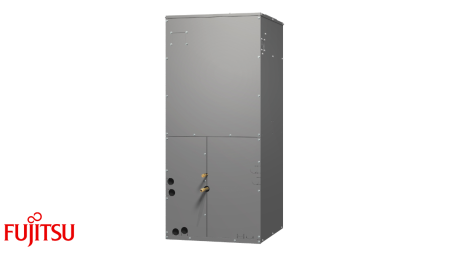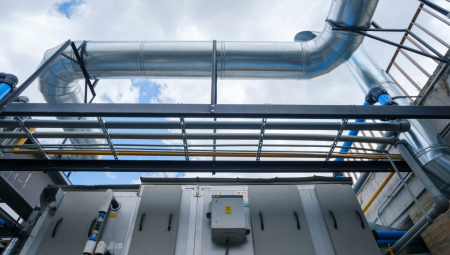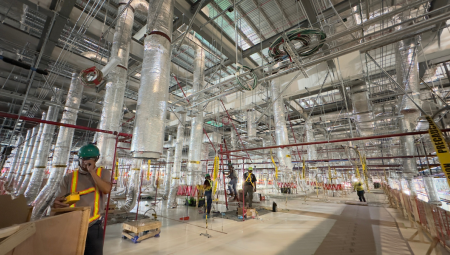United States. Consumer-friendly air cleaners that promise to reduce indoor levels of volatile organic compound (VOC) contaminants by chemical oxidation may be a source of VOCs in themselves, according to a new study led by MIT researchers.
What's more, the efficacy of VOC removal varied considerably among the four products examined in the study, found professor of civil and environmental engineering and chemical engineering Jesse Kroll and colleagues.
Chemical reactions that were supposed to remove VOCs played a minor role in cleaners' operations, and the physical removal of contaminants through the cleaner's absorbents or filters did most of the work. In some cases, chemical reactions led to byproducts, such as formaldehyde, which were added to the overall level of contaminants.
"This work shows that, at least for some consumer portable air cleaners who claim to remove VOCs from indoor air, VOC removal may be minimal and the air supplied may contain additional VOCs and/or oxidation byproducts, some of which are known to be harmful to human health," the researchers write in the journal Environmental Science and Technology Letters.
The popularity of indoor air cleaners has skyrocketed last year, as most cleaners advertise the ability to remove particles, including those containing exhaled viruses like SARS-CoV-2. The MIT researchers did not test how well the cleaners in their study removed particles of any kind from indoor air.
"During the pandemic, air purifiers have appeared with fungi after rainy days and sadly some of these air purifiers can introduce chemicals into indoor air that are more of concern than chemicals they could remove," says Charles Weschler, an expert on indoor pollution at Rutgers University and the Technical University of Denmark. who was not the author of the MIT study. "The paper by Jesse Kroll and his collaborators is an excellent demonstration of this fact. It is carefully executed and the results are clearly and carefully presented."
Testing the products
VOCs are emitted by thousands of household products, including paints, solvents, glues, cleaning products, pesticides, and a variety of cooking and cleaning activities. They are a major source of indoor air pollution, and repeated exposure to some VOCs can cause long-term health problems, such as cancer or lung, liver, or kidney damage.
Most consumer air purifiers contain filters or absorbent materials that can physically trap VOCs, but some products also offer chemical methods to destroy VOCs, such as photocatalytic oxidation or ionization with ultraviolet light, plasma technology, or carbon-titanium dioxide filters.
"The oxidation of VOCs is what leads to a lot of important pollutants in our atmosphere, such as ground-level ozone or secondary fine particles," Kroll explains. "So there's this concern in the atmospheric chemistry community that maybe some of these cleaners that claim to be oxidizing VOCs are actually generating these harmful byproducts."
The products are not regulated and there is little data on their VOC elimination rates, the researchers note. Kroll and his colleagues measure oxidation products that form naturally in outdoor air, "so we wanted to bring the same technology to apply indoors, since we have the capability," he says.
The scientists bought four consumer air cleaners, priced between $65 and $400, which advertised a variety of physical and chemical cleaning technologies. They placed these cleaners in a controlled air chamber to observe the speed at which they cleaned the air of high concentrations of two VOCs introduced into the chamber. VoCs included relatively non-reactive VOC toluene (often associated with the smell of paint thinners) and a more reactive one called limonene that gives some cleaning products their citrus aroma.
"Great variety" in efficacy
Only two of the cleaners removed both VOCs after 60 to 90 minutes of operation inside the chamber, while the others removed only limonene. The speed at which the machines cleaned the air volume of voCs varied substantially, the research team found. "There was a wide variety of efficacy, with some cleaners essentially unable to remove toluene at all," Kroll notes.
Further experiments confirmed that in the two cleaners that best removed VOCs, it was the physical or absorbent filters that did most of the successful removal, with oxidation playing a small or insignificant role.
While operating inside the chambers, the cleaners themselves produced additional VOCs in two ways. The researchers detected hundreds of compounds, including formaldehyde and acetone, emitted by the slow "degassing" of the devices.
"We probably shouldn't have been so surprised," Kroll says. "Because with all the consumer electronics, you take them out of the box, you tear off the plastic and then there's that smell, which comes from the degassing of VOCs."
In cases where oxidation by the cleaner degraded the introduced VOCs, the process also created hundreds of by-products, including formaldehyde and other partially oxidizing VOCs.
To get a better idea of the extent to which emission rates from cleaners would lead to poor air quality or health problems, he added, "one would really need to put this into a larger model of indoor air... involving the house filling volume, airflow and all sources of VOCs."
Passive VOC production by cleaners is likely to decrease over time, Kroll notes. The by-products created by the machines in operation are more worrisome, as they would likely continue to form throughout the life of the cleaners. "But fortunately, because some of the cleaners don't seem to oxidize VOCs as advertised, they don't produce as many byproducts. Unfortunately, that also means they just don't work that well," he says.
For consumers looking for a way to eliminate VOCs in their homes and offices, Kroll adds, "cleaning the air with activated carbon filters, a tried and true technology that is not based on chemical reactions, remains the way to go."
The research was funded by the Alfred P. Sloan Foundation and the U.S. National Science Foundation.
Source: MIT.


